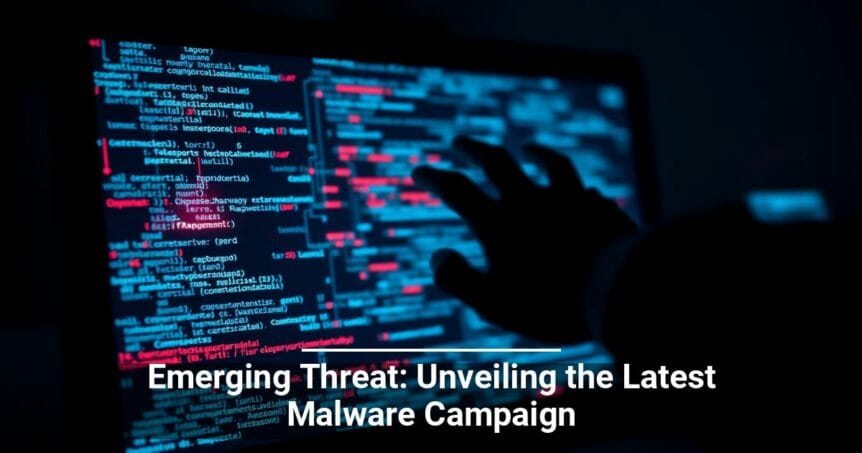In a worrying development in the cybersecurity landscape, an advanced malware campaign has been uncovered that poses a significant threat to sensitive data. This newly discovered info stealer malware is adept at extracting extensive information from device folders and browsers, making it even more dangerous than previous versions. Disguised as legitimate invoices, the phishing emails used in this campaign are alarmingly effective.
Unlike conventional info stealers that primarily target browser-stored data such as passwords and credit card details, this sophisticated malware goes a step further. It uniquely scans PDF files located in various folders, including the desktop, downloads, and documents, to extract any sensitive information contained within these files.
The distribution of this malware is executed through phishing attacks. The initial infection vector is an ISO file attached to the phishing email. This ISO file contains an HTML application that runs on the desktop, effectively bypassing browser security features. When the infected file is launched, a sequence of downloads and executions is triggered, ultimately leading to the deployment of a Python script that operates the info stealer. This enables cybercriminals to gain access to sensitive data, financial information, and network credentials.
Strategies for Protection Against Cyber Attacks
Given the ever-evolving landscape of cyber threats, it is crucial to adopt a comprehensive and proactive approach to cybersecurity. Here are several strategies to protect against such sophisticated malware campaigns:
Implementing Email Security Measures
An essential line of defense against phishing attacks is robust email security. Implementing email protection tools that automatically filter out suspected and known phishing emails is crucial. These tools help in preventing malicious emails from reaching end users, significantly reducing the risk of a security breach.
Educating Staff on Threats and Procedures
Regular training sessions and ongoing education about phishing emails, emerging threats, and appropriate response protocols are vital. Ensuring that staff members are aware of critical policies, such as billing and payment processes, can help prevent inadvertent mistakes that could lead to a security breach.
Utilizing Comprehensive Security Tools
Installing powerful security software, including antivirus and anti-malware protection on all devices, strengthens the overall security posture. Limiting administrator privileges to only those who need them can also minimize the risk of harmful downloads. Additionally, using sandboxing techniques can help safely analyze and contain potential threats.
Maintaining Vigilance and Robust Security Practices
Staying vigilant and maintaining a robust, multilayered security stance is paramount. Regularly updating and patching software to address vulnerabilities can mitigate the impact of new malware campaigns. Monitoring and blocking suspicious activity and ensuring that your team is well-informed about current threats and best practices are critical steps in safeguarding your organization’s sensitive data.
By adopting these strategies, organizations can better protect themselves from the evolving landscape of cyber threats and minimize the risk of falling victim to sophisticated malware campaigns.





